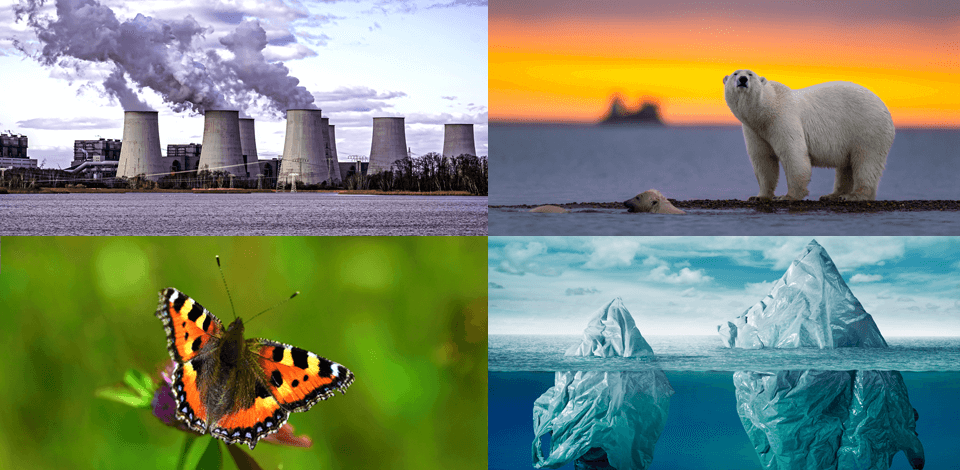
Even though you might think that sustainability in photography comes naturally, there are still multiple fields that require specific eco-friendly practices to minimize your negative impact on the environment.
From establishing a digital workflow to utilizing proper material sources, a photographer can do a lot to support and advertise a more sustainable approach to photography.
Nowadays, it’s easy to find heartbreaking pictures of animals trapped in plastic debris or polar bears surviving on small ice caps. Narrative photographs like that act as important reminders of how harmful humanity's existence is to Earth.
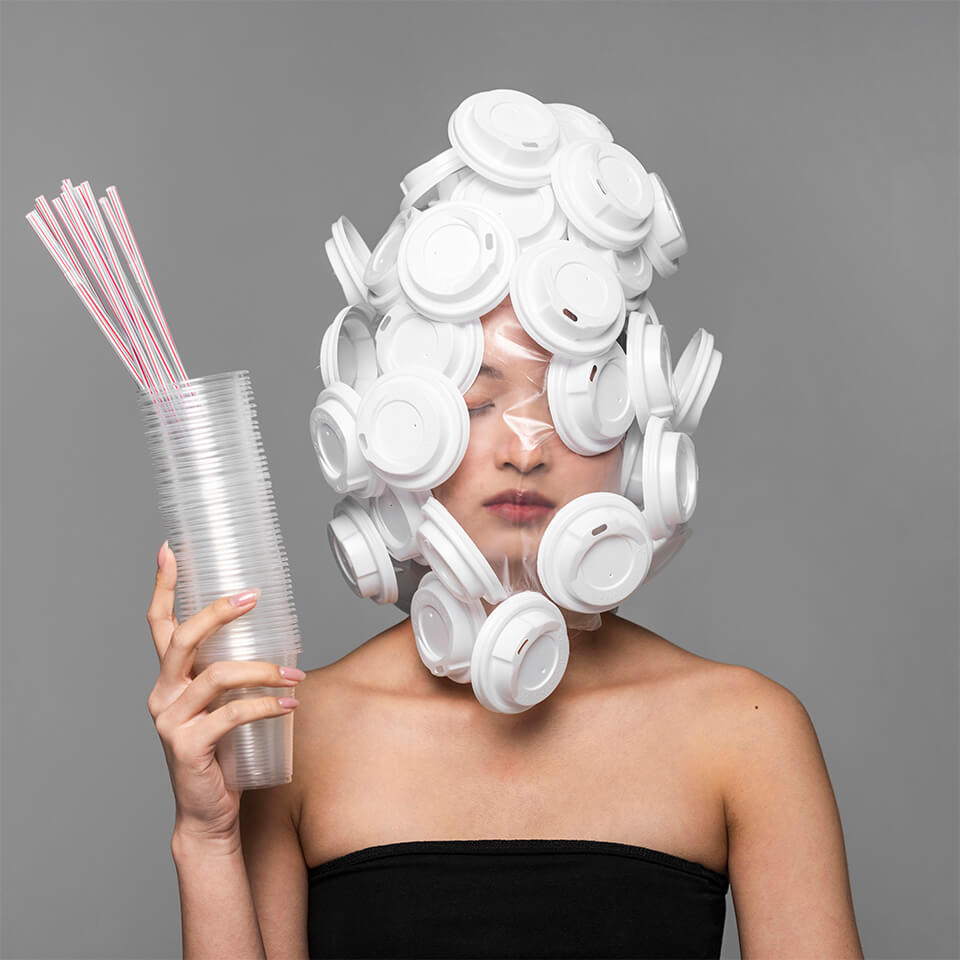
One of the main ways you can attain sustainability in photography is to pick the proper gear. Cameras, lenses, and accessories all have a negative impact on the environment during their manufacturing.
You can minimize that influence by following these tips:
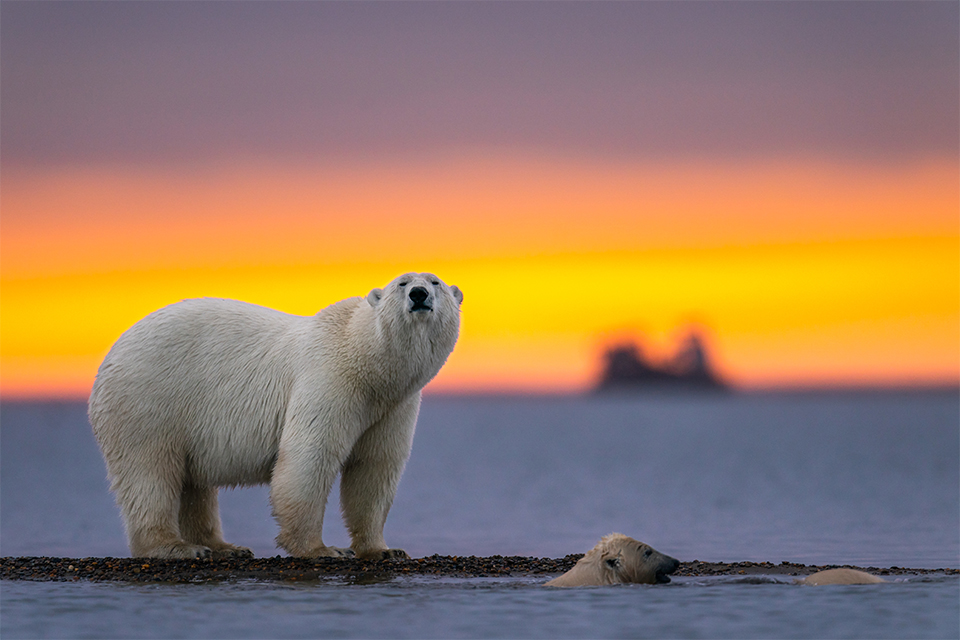
It’s important to make sure your passion for photography doesn’t lead you to neglect wildlife and the health of the ecosystem. When taking photos of animals or various landscapes, it’s important to research the area beforehand to prevent any potentially harmful effects you may have on the environment.
To ensure you’re doing wildlife photography ethically, you need to:
You need to learn how the wildlife you’re going to photograph tends to behave, study their usual patterns, how they react to human presence, when their breeding season is, and how to recognize if they’re distressed. By gaining enough insights about your subjects, you’ll be better at avoiding disturbing or harming them.
By being knowledgeable, you can capture the animals in their most appealing and natural state. Become a conservation-oriented photographer who not only captures the beauty of the world but also helps preserve it.
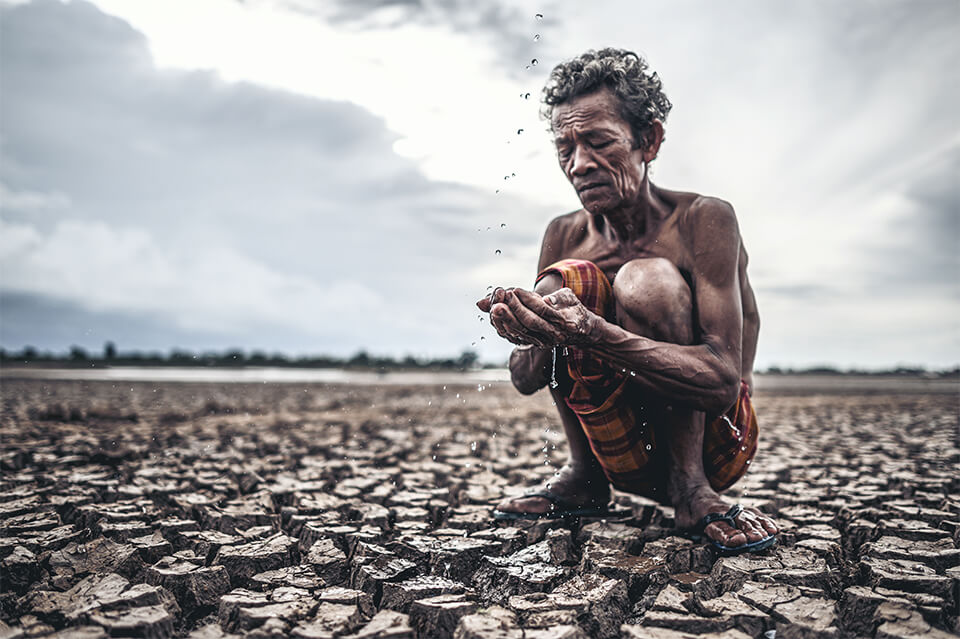
The digitization of our world significantly transformed photography as an art form, providing an alternative to classic wasteful film-based technology and resources. That said, digital photography still has a noticeable environmental impact.
Analog photography. Film photography uses chemicals and paper, which can lead to a lot of waste. However, if you’re an avid fan of film, you can find manufacturers that utilize eco-friendly chemicals and recycled paper to adopt a more sustainable approach.
Digital photography. Even though digital photography minimizes waste from film and prints, the gear used for creating it leads to electronic waste (e-waste). You can minimize this impact by purchasing power-efficient gear and recycling outdated components.
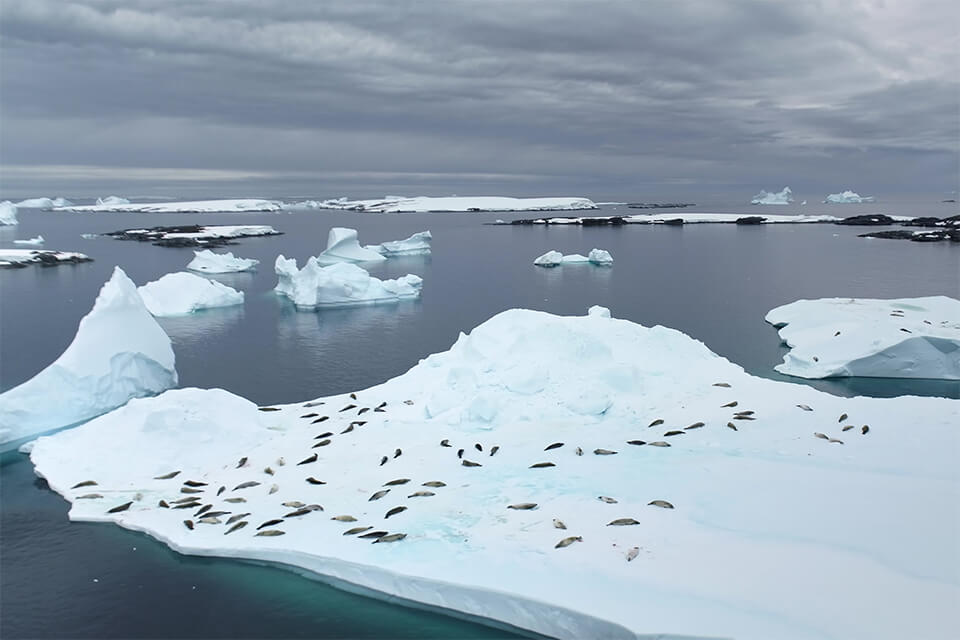
For a lot of photographers, particularly those involved in nature photography, travel is an essential part of their lives. Sadly, regular travel – particularly air travel - can dramatically heighten your carbon footprint.

Photographers can reach out to local charities, conservation communities, and NGOs dedicated to environmental preservation causes. Consider offering your photography services for their campaigns, events, social network posts, and newsletters to ensure their messaging is more hard-hitting.
Additionally, you can co-organize an event like a movie viewing, photography exhibition, beach cleanup, or tree planting with allied non-profits.
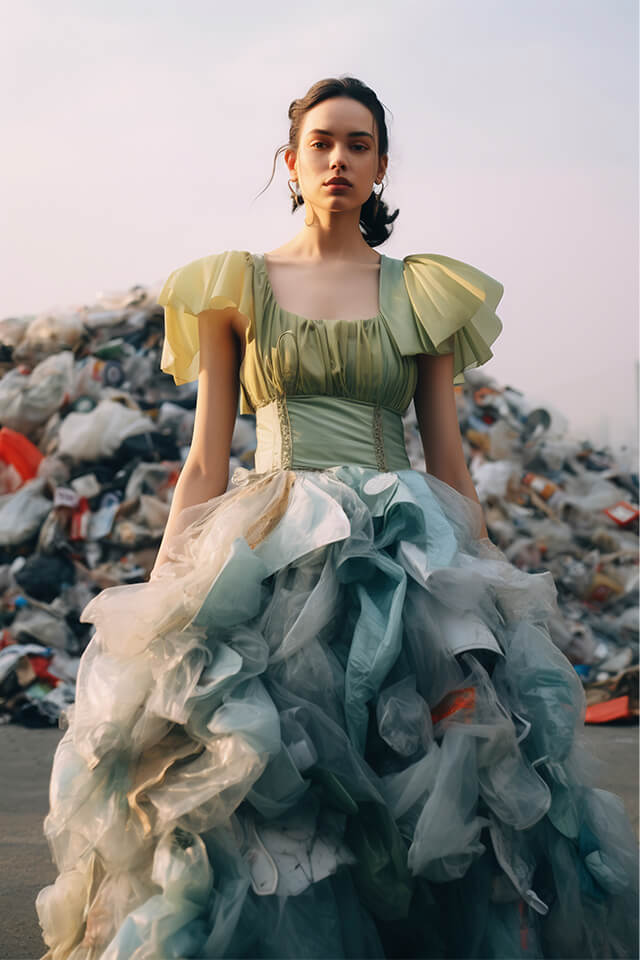
Networks like Instagram, Facebook, Twitter, and other social media for photographers can act as worldwide stages for highlighting environmental issues through your images.
You can make content for your own feeds or participate in groups focused on eco-friendly topics, etc. If your following isn’t big yet, the latter approach will help you reach a larger audience.
Ensure your photos have the necessary context by writing relevant captions, which can cover the background of the image, its relevance, and how it’s tied to specific environmental problems. You can also use some appropriate nature photography quotes.
In addition to helping you follow trends in sustainability photography, social media allows you to utilize hashtags. Some options like #conservationphotography, #climatechange, or #sustainability enable you to find a bigger audience interested in such topics. Moreover, many users look for environmental content using such tags, so they’re likelier to find and interact with your posts.

Cultural sustainability is a crucial part of preservation, so it’s important to promote cultural values, traditions, heritage, diversity, creativity, and identity within your community. It’s very important for preserving social unity while fighting for sustainable development.
When it comes to wedding photography businesses, cultural sustainability relates to respecting the customs and traditions involved in weddings while taking photos of the unique moments convey the newlyweds’ culture.
Methods for championing cultural sustainability in a photography business: